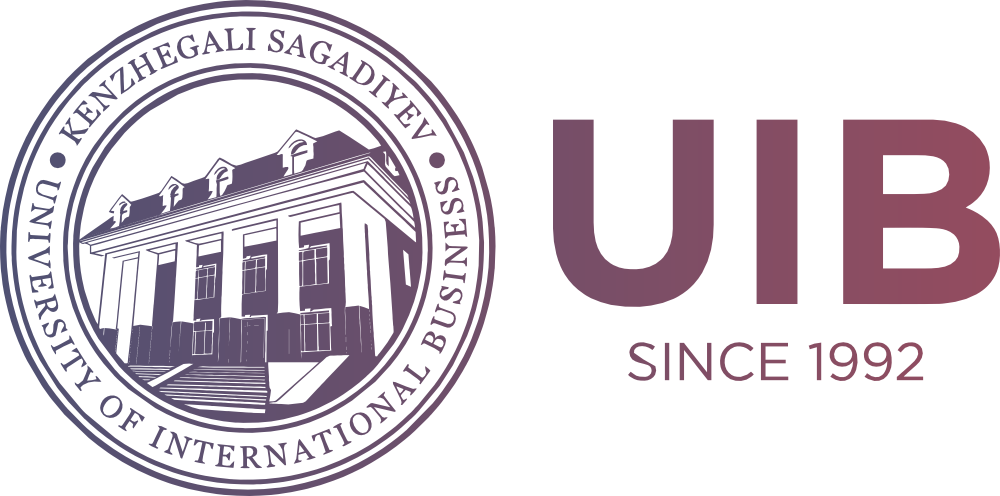Cooperative R&D and Technological Innovation Performance between Enterprises: An Empirical Analysis Based on the 2019 World Bank Survey of Kazakhstani Enterprises
DOI:
https://doi.org/10.47703/ejebs.v4i58.36Keywords:
cooperative R&D, technological innovation performance, knowledge spillover, R&D intensity, R&D allianceAbstract
Kazakhstani companies have a long-standing problem of low technological innovation performance. With the increasing complexity of technology research and development and the continuous increase of costs and risks, cooperative research and development between enterprises has become one of the important ways of corporate innovation. This article is based on the World Bank 2019 Survey Data of Kazakhstani companies, the propensity score matching method and the generalized propensity score matching method are used to investigate the impact of inter-firm cooperative R&D decisions and the intensity of inter-firm cooperative R&D on the technological innovation performance of enterprises. The research results show that compared with not carrying out cooperative R&D between enterprises, carrying out cooperative R&D among enterprises can significantly improve the technological innovation performance of enterprises; only when the intensity of cooperative R&D between enterprises is at a relatively low level, increasing cooperative R&D between enterprises can significantly improve the technological innovation performance of enterprises, and when the intensity of cooperative R&D is too high, it will not effectively improve the technological innovation performance of enterprises.
Downloads
How to Cite
Downloads
Published
Issue
Section
License

This work is licensed under a Creative Commons Attribution 4.0 International License.
Authors retain copyright and grant the journal right of first publication with the work simultaneously licensed under a Creative Commons Attribution (CC-BY) 4.0 License that allows others to share the work with an acknowledgment of the work’s authorship and initial publication in this journal.


